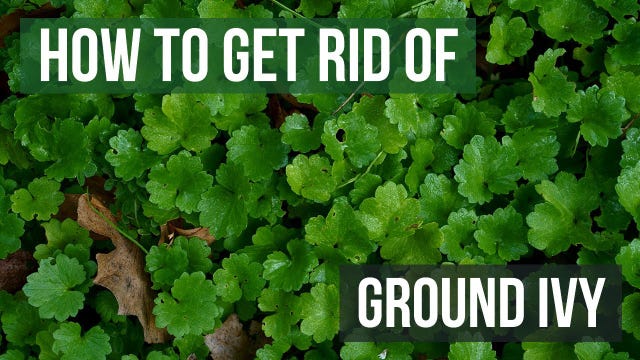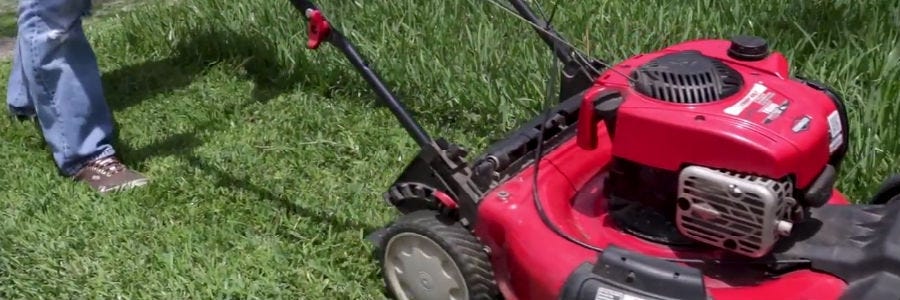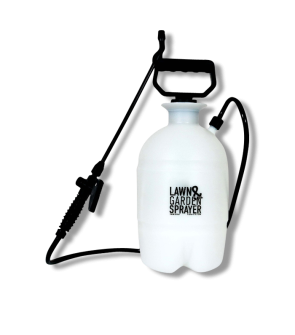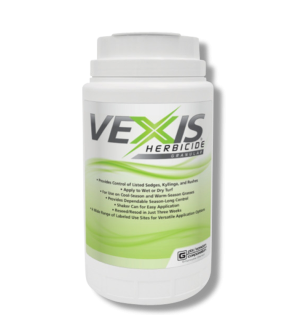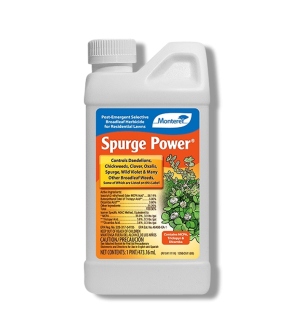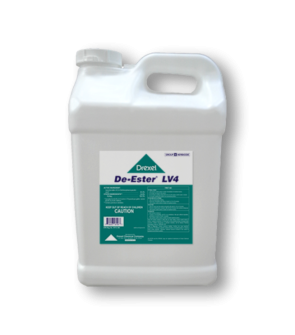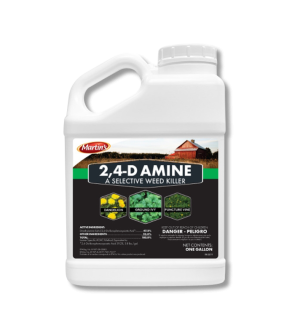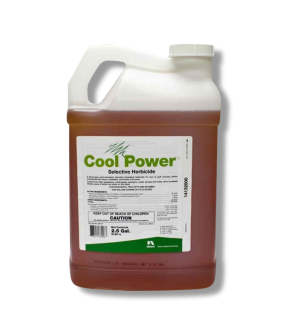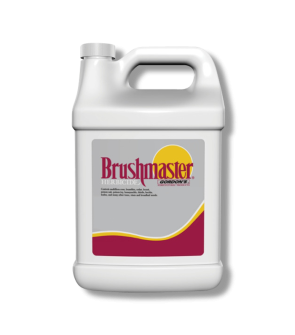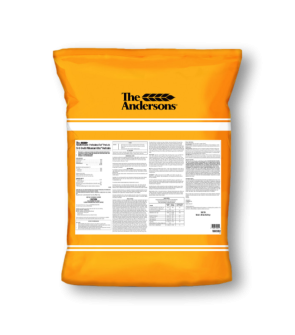Gain access to personalized product screening, the best pricing, rewards, and more!
Most Effective Products
Ground Ivy Control: How To Get Rid of Ground Ivy
Ground ivy is a common perennial, evergreen weed found across the United States that thrives in shady, moist areas in low-wooded habitats, along roadsides, and in disturbed sites. It can easily invade home lawns and quickly crowd out the more desirable turfgrass. It's also known as "creeping charlie" because it tends to creep along the soil surface and form roots where the leaves join the stem. Ground ivy is regarded as the most common and most difficult-to-control weed problem in residential turf because of how aggressive it can be.
Ground ivy is a vine that grows close to the ground and will form a mat-like ground cover if allowed. An outbreak of this invader on your lawn is a good indicator that your grass does not have the ideal conditions to thrive, and thus, ground ivy thrives instead.
If you would like to eradicate ground ivy from your lawn, our DIY treatment guide can help. Our lawn care experts put together the instructions below and will show you how to kill ground ivy and keep it away properly.
Identification

Before you can carry out a treatment program, you need first to make sure you are dealing with ground ivy and not some other weed. Misidentification can lead to using the wrong treatment methods, which can waste your time and money. Knowing what ground ivy looks like is crucial, so we shared some noteworthy traits below:
- Ground ivy can be easily identified by its rounded leaves with scalloped edges. Ground Ivy leaves will grow further away from the stem with petioles or leafstalks. These leaves can also grow to be 0.4 to 1.2 inches in length.
- Ground Ivy can sprout out small purple flowers on the plant.
- When ground ivy grows vertically, its stem is square. This is a common trait in the mint family of plants.
- If crushed, ground ivy will release a fragrant scent.
- Ground Ivy is a vine that grows low to the ground and, under the right conditions, creates a matted carpet on a lawn.
- The vines have nodes at each place where leaves grow, and these nodes will form roots if they contact the soil. This makes ground ivy especially hard to control via hand-pulling, as every rooted node will form a new plant in the soil.
Use the description above and the images to help you properly identify ground ivy. If you're having trouble, contact us and send us a photo of your weed. We will identify it for you and suggest treatment options.
Inspection

After you have confirmed that ground ivy is the weed you are dealing with, you can move on to inspection. During this phase, you will pinpoint the areas where ground ivy is concentrated and observe the conducive conditions that allow ground ivy to thrive. This will help you determine where to focus your herbicide applications.
Where to Inspect
Chances are, if you have ground ivy, they are not hard to miss, and they stick out like a sore thumb on your lawn among your desired grass and vegetation. Ground Ivy grows the strongest during the fall. However, they are among the earliest plants to bloom between March and July. These dates are important to remember if you want to get rid of this weed. Ground ivy is common in moist areas, disturbed sites, low woods, lawns, stressed turf, and roadsides. It tolerates sunny and shaded parts of your lawn, such as under leaves or tree shades.
What to Look For
Ground ivy has square stems and a faint aroma, particularly after mowing. If you roll the stem between your fingers, you will feel the ridges and can get a sense of the square stem. This plant is competitive in lawn situations because it creeps along the soil surface and can establish roots at each node (where the leaf attaches to the stem).
This tendency allows it to stick to the ground surface, similar to Velcro, and makes hand-pulling the weed a difficult task, if not impossible. However, when the soil conditions are just right, it is possible to pull up a long string of plants with relative ease.
Treatment
When applying herbicides, be sure to wear protective clothing or safety equipment that completely covers your arms and legs, as well as gloves, socks, and shoes.
To get rid of ground ivy, we suggest using a selective herbicide that contains dicamba, such as 2 4-D Amine. This product is an economical option and effective against many different broadleaf weeds while leaving desired grass types unharmed.
Step 1: Measure lawn and Mix 2,4-D

Begin by calculating the square footage of the treatment area to determine how much 2,4-D Amine you will need to mix. To find the square footage, measure the treatment areas' length and width in feet, then multiply them together (length X width = square footage).
For turf applications, 2,4-D Amine should be mixed at a rate of 2 to 3.16 pints per acre per application.
For small applications with a hand sprayer, this breaks down to .72 to 1.1 fl. oz. per 1,000 square feet. Mixing 2 4-D with a surfactant like Alligare 90 (at a rate of 0.33 fl. oz.) will help the product stick better to the weed and make the herbicide work more effectively.
For an easier mixing and application process, we suggest creating your treatment with a 1—or 1.5-gallon handheld sprayer.
In a pump sprayer, fill halfway with water and add the appropriate amount of 2,4-D Amine based on your calculations. Fill with the remaining half of the water and add the surfactant, then agitate the sprayer until the solution is well mixed. You are now ready to spray.
Step 2: Apply 2,4-D To The Ground Ivy

Change the nozzle to a fan to spray a fine low-pressure mist on the ground ivy plants and get an even coating. Spray to wet, but just before the point of runoff.
The best time to treat with herbicides is in the early fall when ground ivy is growing most actively and daytime temperatures have dropped to the low 70s. Check the weather forecast to make sure it won't rain for 48 hours following the application and for low wind speeds to minimize drift.
Ground Ivy frequently grows in shady areas near trees or shrubs. In these areas, we recommend spraying only to wet the leaves of the ground ivy and ensure that the ground is not soaked to avoid the 2,4-D herbicide being overtaken by the roots of the woody plants. Any woody or broad-leaf plant that comes into contact with an herbicide may be damaged or killed.
Step 3: Reapply As Needed
You should start to see the ground ivy browning and wilting within 2 to 3 weeks. If a second application is needed, apply the herbicide 21 days after the initial application in spot treatments. Applications can only be done twice a year for turf and cannot exceed 8 pints of product per acre per year. Be careful applying in the heat, and just spot-treat the area so you don't burn your grass.
Prevention
After you have treated the ground ivy on your lawn, you don't want it to make a return. Implement the following preventative measures to keep the invasive weed from reestablishing:
- Ground ivy presence is a sign that your lawn isn't as healthy as it should be. Make sure to adapt and use proper mowing, watering, and fertilizing practices when caring for your lawn.
- Help strengthen your turfgrass by mowing at the proper height of 3 to 4 inches. Taller grass blades will ensure less sunlight reaches clover sprouts and promote stronger root growth.
- Raking or dethatching your lawn and occasionally trimming overhanging tree branches to reduce shade will improve your lawn's air circulation.
- Water your lawn deeply yet infrequently in the mornings, once a week, with 1 to 1.5 inches of water, including rainfall.
- Maintaining a proper fertilizing schedule by laying out fertilizer with the appropriate amounts of Nitrogen, Phosphorus, and Potassium.
- By becoming more health conscious about your lawn, you will have a thick, nutrient-rich lawn that will choke out ground ivy and any other invasive weed that tries to creep onto it.
Key Takeaways
What is Ground Ivy?
- Ground ivy is an invasive weed that creates thick mats on landscapes and enjoys growing in areas with high moisture and shade.
How to Get Rid of Ground Ivy
- Our top recommendation for treating ground ivy is the use of a three-way herbicide with dicamba, such as 2 4-D Amine. This product is selective and will not harm desired grasses, only the invasive ground ivy.
Preventing Ground Ivy Reinfestation
- Ground ivy cannot establish itself by maintaining a regular lawn care schedule and promoting lush, green, nutrient-rich turf.






